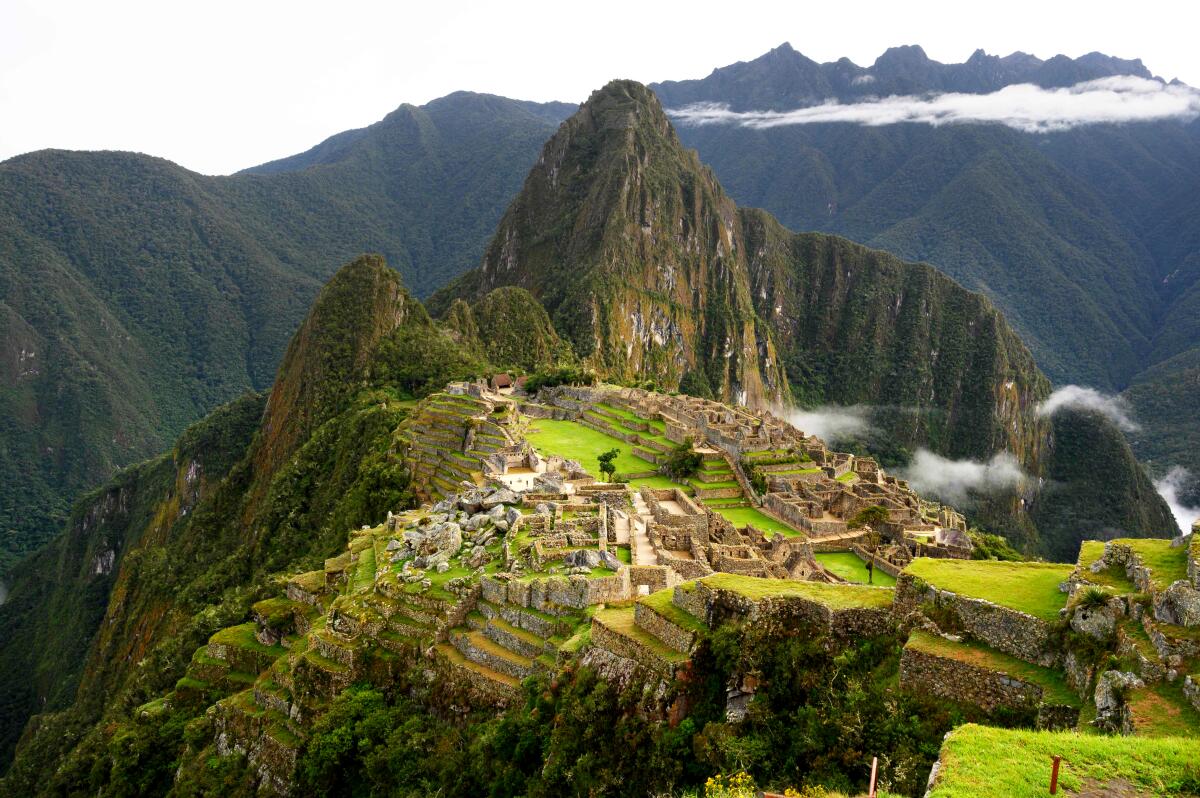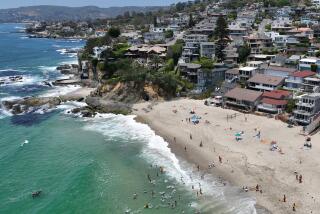In danger of being overrun, some places are trying to manage tourism. Here’s how

Travelers love Hawaii. Peru’s Machu Picchu is a heartthrob too. Venice, Italy? Yes, per favore. But our passion for these places has a downside: too many people visiting, too much wear and tear on the destination.
That passion is destroying the objects of our affection, leaving destinations in a quandary. How can it show off its best attractions — the very sites that contribute enormous amounts of revenue — without damaging or destroying the thing that moves people to see for themselves?
And how do destinations avoid affecting the quality of residents’ lives as the parade of people continues to grow?
Take Hawaii. Last year, nearly 10 million tourists visited the islands, setting a record. The economic impact is unquestionable, but with the masses come traffic congestion (Honolulu traffic is 18th worst in the U.S., Hawaii News Now reported) and damage to the quality of the experience at some sites, never mind the site itself, said James Mak, a retired University of Hawaii economics professor.
The growth in tourism increases demands on infrastructure and creates a greater need for law enforcement to handle the masses and the people who misbehave, sometimes badly.
Amsterdam, a city of a million but expecting 20 million visitors this year, has seen hooligans turn it into, as NPR described it, a “naughty Disneyland” where drunken tourists vomit and urinate on residents’ properties.
Not as offensive but just as brazen was the couple who used their camp stove to make themselves a cup of coffee on Venice’s historic Rialto Bridge, the BBC reported. These members of the coffee generation, just two of more than 30 million people who visit the city each year, were fined more than $1,000.
These are examples of “overtourism,” a word that has gained momentum as the devastating effects of uncontrolled visitation have increased. The term, Mak said, means locals or tourists believe that visitor numbers have reached levels that reduce the quality of life or the quality of the tourist experience.
While officials grappled with repairs to some of Kauai’s favorite spots, they realized they also had to address another tempest: overtourism.
“For residents, those are really significant costs,” he said. “And so, more and more people in tourist destinations are saying ‘Enough is enough.’ Yes, we understand that tourism brings economic benefits, but tourism also disturbs our way of life and we need to look for a balance between those two.’ ”
Residents’ well-being must come first, Mak said. “Unfortunately, the majority of Hawaii residents now think that tourism in Hawaii is being run for tourists at the expense of local residents,” said Mak, co-author of “Charting a New Course for Hawaii Tourism,” a policy paper published this year. Its aim, he said, was to let lawmakers and the community know about the pressing need to better manage the impact of tourism on the Aloha State.
The key, Mak said, is an overall tourism management plan. For instance, Hanauma Bay, a popular snorkeling destination on Oahu, was suffering because the crush of tourists disturbed coral and marine animals. Today, it limits tourism by charging an admission fee and shutting down access once its 300 parking spaces are filled. Likewise, Maui’s popular Haleakala, where tourists view a spectacular sunrise, now requires reservations.
The problem extends far beyond Hawaii.
▶Machu Picchu has a ticketing system that means you can see the Incan citadel in the morning or the afternoon, and once you have left the premises, you may not reenter. Also, visitors must be accompanied by a guide. Misbehavior has consequences, as one tourist, who photographed himself naked, found: He was banned for life from the site. Others are turned over to the authorities.
▶If you’re visiting the fragile Galápagos, Ecuador’s tourism star, you’ll need to follow the rules closely. That includes staying at least 6 feet from wildlife, sticking to the paths and, more recently, refraining from bringing single-use plastics and polyethylene food containers.
▶In Venice, fines are levied for infractions (besides morning coffee) such as feeding pigeons, jumping in canals, wearing swimsuits in the city and attaching a “love lock,” a padlock that sweethearts attach to structures to signify their enduring love.
▶Maya Bay, the Thailand beach popularized by the 2000 film “The Beach,” has been closed and will stay closed until at least June 2021, after damage to the marine ecosystem, CNN reported.
▶Beginning Oct. 26, visitors may no longer climb Australia’s Uluru, but those making the trek before the ban are making a mess of an area considered culturally significant. “The climb has also damaged the rock itself, with a huge white scar from tourists walking the same path being visible from a distance,” News.com.au reported.
Visitors don’t always react well to restrictions. But, said Sue Kanoho, executive director for the Kauai Visitors Bureau, “when they see the place … it speaks to your heart. You’ll understand why we’re trying to protect it.”
More to Read
Sign up for The Wild
We’ll help you find the best places to hike, bike and run, as well as the perfect silent spots for meditation and yoga.
You may occasionally receive promotional content from the Los Angeles Times.






